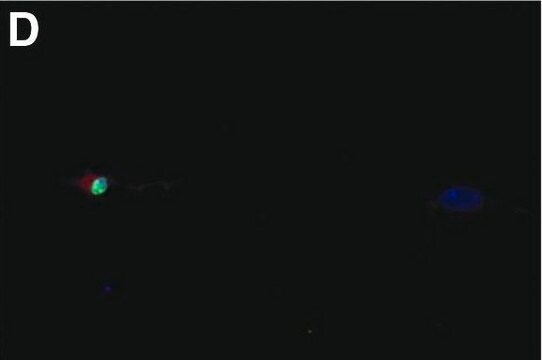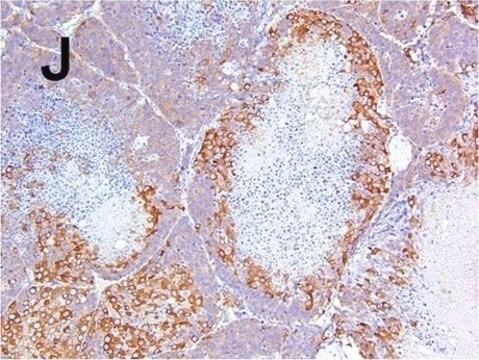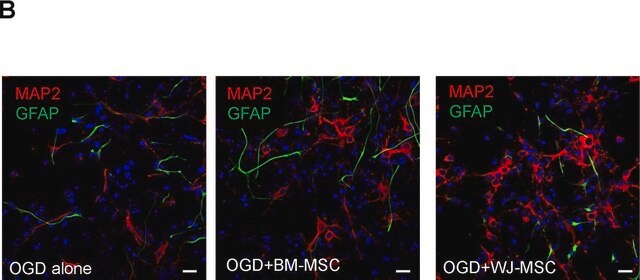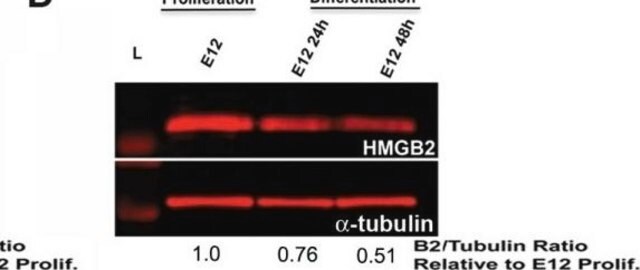Wichtige Dokumente
M2320
Monoklonaler Anti-MAP2(2a+2b)-Antikörper der Maus in Maus hergestellte Antikörper
~2 mg/mL, clone AP-20, purified from hybridoma cell culture
Synonym(e):
Anti-Mikrotubuli-assoziiertes Protein 2
About This Item
Empfohlene Produkte
Biologische Quelle
mouse
Qualitätsniveau
Konjugat
unconjugated
Antikörperform
purified from hybridoma cell culture
Antikörper-Produkttyp
primary antibodies
Klon
AP-20, monoclonal
Form
buffered aqueous solution
Mol-Gew.
apparent mol wt 280 kDa
Speziesreaktivität
Xenopus, mouse, quail, human, bovine, rat, aquatic salamander
Verpackung
antibody small pack of 25 μL
Konzentration
~2 mg/mL
Methode(n)
immunocytochemistry: suitable
microarray: suitable
western blot: 1-3 μg/mL using rat brain preparation or rat cerebral cortex extract
Isotyp
IgG1
UniProt-Hinterlegungsnummer
Versandbedingung
dry ice
Lagertemp.
−20°C
Posttranslationale Modifikation Target
unmodified
Angaben zum Gen
human ... MAP2(4133)
mouse ... Mtap2(17756)
rat ... Map2(25595)
Suchen Sie nach ähnlichen Produkten? Aufrufen Leitfaden zum Produktvergleich
Allgemeine Beschreibung
Spezifität
Immunogen
Anwendung
Biochem./physiol. Wirkung
Physikalische Form
Haftungsausschluss
Sie haben nicht das passende Produkt gefunden?
Probieren Sie unser Produkt-Auswahlhilfe. aus.
Lagerklassenschlüssel
10 - Combustible liquids
WGK
WGK 2
Flammpunkt (°F)
Not applicable
Flammpunkt (°C)
Not applicable
Analysenzertifikate (COA)
Suchen Sie nach Analysenzertifikate (COA), indem Sie die Lot-/Chargennummer des Produkts eingeben. Lot- und Chargennummern sind auf dem Produktetikett hinter den Wörtern ‘Lot’ oder ‘Batch’ (Lot oder Charge) zu finden.
Besitzen Sie dieses Produkt bereits?
In der Dokumentenbibliothek finden Sie die Dokumentation zu den Produkten, die Sie kürzlich erworben haben.
Kunden haben sich ebenfalls angesehen
Unser Team von Wissenschaftlern verfügt über Erfahrung in allen Forschungsbereichen einschließlich Life Science, Materialwissenschaften, chemischer Synthese, Chromatographie, Analytik und vielen mehr..
Setzen Sie sich mit dem technischen Dienst in Verbindung.









